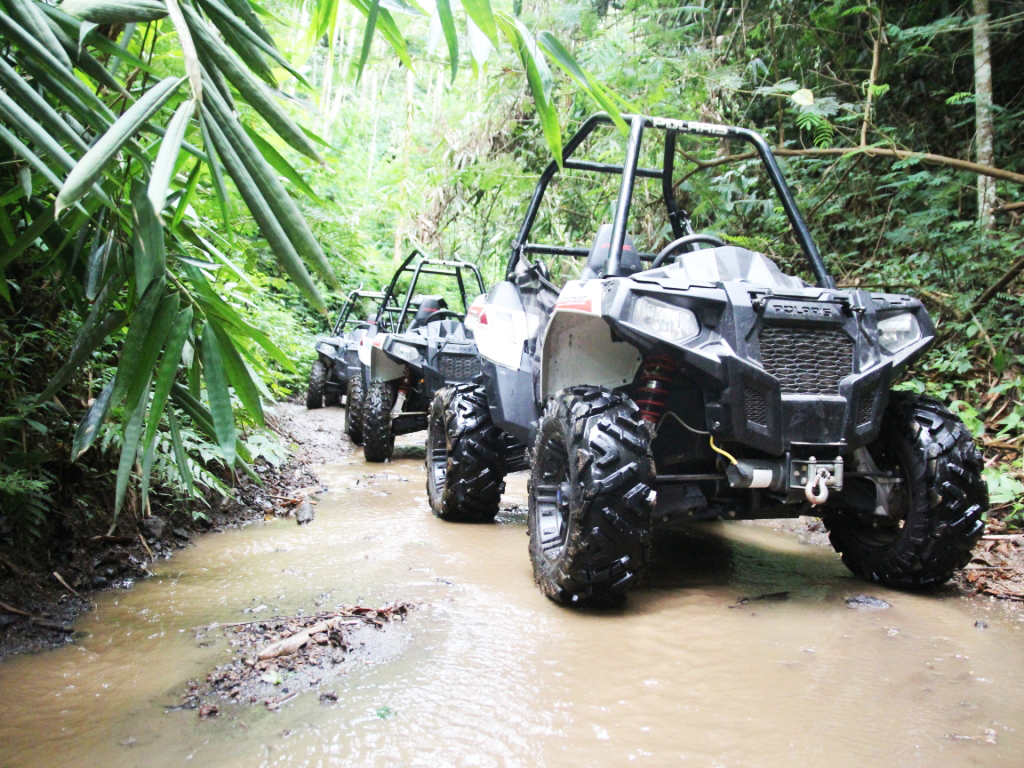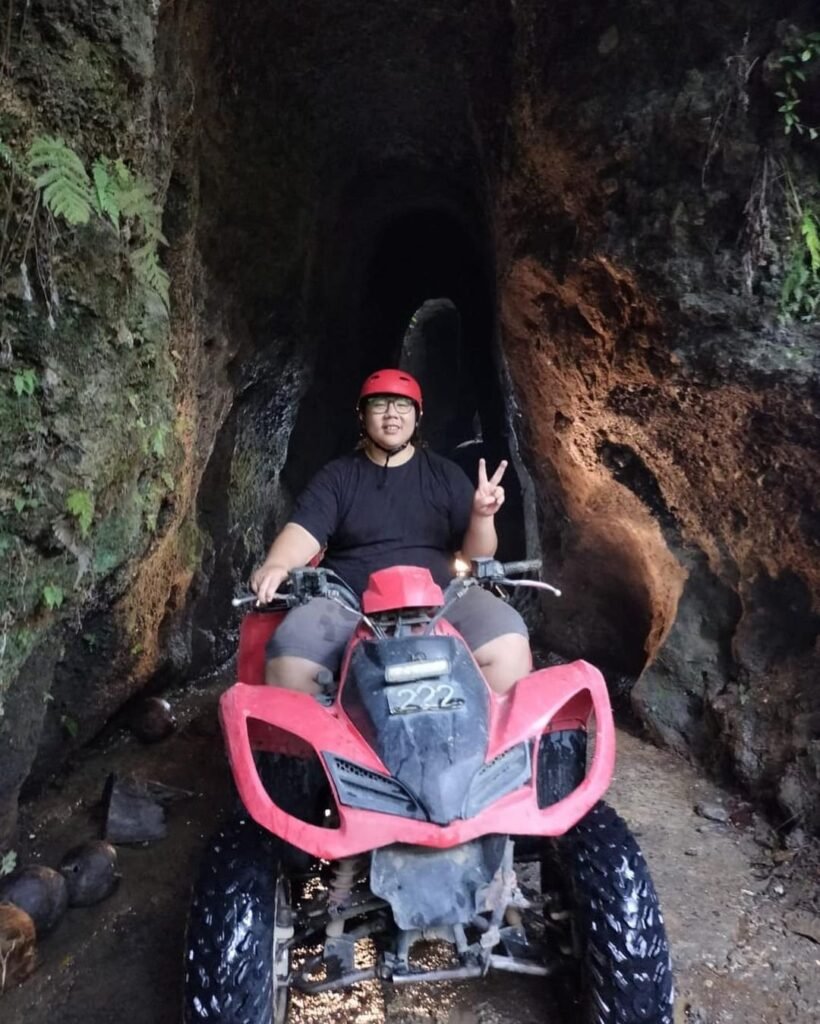Is ATV riding in Bali safe? This comprehensive guide explores the critical factors to consider before embarking on an ATV adventure in the stunning landscapes of Bali. ATV riding in Bali has become a popular activity for tourists seeking an exhilarating way to experience the island’s diverse terrain and vibrant culture. However, there are inherent risks associated with any motorized activity, and understanding these risks is paramount to a safe and enjoyable experience. This article will address the question of ATV riding safety in Bali by examining various crucial factors. We will delve into the safety regulations, the role of reputable operators, and best practices for responsible riding. Furthermore, we will discuss what to expect in terms of challenging terrain, traffic, and potential hazards.
Understanding the Legal Landscape: ATV Riding Regulations in Bali
Identifying Necessary Permits and Licenses
ATV riding in Bali, like many activities involving motorized vehicles, is subject to specific regulations and permits. Before embarking on your adventure, it’s critical to understand the local laws concerning ATV operation. This often involves checking with the local authorities and ensuring that your chosen tour operator possesses the necessary permits and licenses. This permits the operator, and by extension you, to operate legally and adheres to safety standards set for ATV riding.
Understanding the Operational Limitations and Restrictions
Specific areas or regions in Bali may have restrictions on ATV operation. This may include designated trails or areas where operation is not allowed due to environmental sensitivities or safety concerns. Some restrictions may stem from a limited number of permitted vehicles on certain roads. These regulations are often put in place to minimize the impact on local communities, protect delicate ecosystems, or simply to ensure public safety. By researching the specific regulations for your intended riding areas, you can ensure that your adventure complies with local laws and minimizes any potential disruptions or risks.

Choosing Reputable ATV Operators: Minimizing Risks and Enhancing Safety
Evaluating Operator Experience and Reputation
Choosing a reputable ATV tour operator is a critical aspect of ensuring a safe and enjoyable experience. Conduct thorough research to assess the operator’s experience, reputation, and track record of safety protocols. Look for operators with a strong safety record, positive customer reviews, and readily available contact information. You can even consider checking with local tourism boards for operators that are officially recognized. Operator experience can also be a deciding factor in your ATV tour experience. Look for operators who have been operating in Bali for years and have gained the experience of operating vehicles and navigating the terrain, especially the off-road terrains.
Reviewing Safety Protocols and Procedures
Inquire about the operator’s safety procedures, protocols, and emergency response plans. A well-structured safety briefing is a tell-tale sign of a responsible operator. A good operator will conduct thorough safety briefings before any ride to ensure all participants understand the risks involved in operating ATV’s in a specific location. A good briefing goes over safety precautions, equipment check and appropriate attire, and what to expect regarding the terrain.
Evaluating the Terrain and Conditions: Assessing Potential Hazards
Understanding the Nature of the Terrain and Trails
Bali’s varied terrain presents a range of potential hazards. Understanding the nature of the terrain and trails you intend to ride is crucial. Assess the trail conditions—including the presence of uneven surfaces, steep inclines, loose gravel, or obstacles such as rocks. Factor in the weather conditions, as rain can significantly alter the traction and stability of the trail. Consider the time of the year, as different times of year in Bali are subject to different weather conditions. Research the terrain and trails to ensure they are within your skill level and experience with ATV’s.
Identifying Potential Risks and Hazards
Identify potential risks and hazards associated with ATV riding in Bali. This includes factors such as narrow trails, dense vegetation, or proximity to water bodies. Understanding these factors in advance will assist you in developing a more informed approach to riding. Assess the traffic volume on the routes. Off-road routes are subject to encounters with other ATV’s or even bicycles, so plan for these encounters.

Adhering to Safe Riding Practices: Minimizing Accidents
Implementing Proper Riding Techniques and Procedures
Adhering to safe riding practices is crucial for minimizing accident risks. Proper safety procedures include knowing how to control the ATV in different conditions, being aware of your surroundings, and maintaining a safe following distance from other riders. Always wear the appropriate protective gear. It’s also essential to prioritize rider experience, and only take on trails that match your experience level. Do not take unnecessary risks.
Avoiding Dangerous Actions and Behaviors
Avoid dangerous behaviors such as speeding or reckless maneuvers. Be aware of your surroundings and the presence of other road users. Obey traffic signals, and do not operate an ATV while under the influence of alcohol or other substances. Avoid shortcuts, maintain a safe distance between yourself and other riders, and understand the limits of the terrain.
Related Post : How Much Does an ATV Ride Cost in Bali?
The Role of Protective Gear: Ensuring Personal Safety
Essential Protective Gear for ATV Riding
Always wear appropriate protective gear, including a helmet, eye protection, sturdy gloves, long pants and shirts, and closed-toe shoes. This is crucial for safeguarding yourself from injuries in case of a fall or collision. Proper protective gear can significantly reduce the severity of injuries. Always prioritize safety and ensure you are wearing appropriate gear while riding an ATV.
Choosing Appropriate Gear Based on Terrain
Choose protective gear suitable for the terrain and conditions of the ATV ride. Different types of protective gear are suitable for different terrains. Ensure the gear fits properly and is comfortable to wear during an extended ATV ride.
Other Important Factors to Consider
The Importance of Pre-Trip Planning and Research
Pre-trip planning and research play a significant role in ensuring a safe and enjoyable experience. Researching the specific riding locations you intend to visit, and any restrictions on ATV use in particular areas is recommended. Researching local safety regulations and rules is a critical part of a safe ATV adventure. Planning and booking accommodations and transportation is equally important.
Local Culture Considerations
Respecting Local Traditions and Environments
Respecting local traditions and environments is paramount. Be mindful of the local culture and environment when undertaking your ATV adventure. Respecting local laws and customs is a key component of having a positive experience.
In conclusion, ATV riding in Bali can be a thrilling experience, but safety should always be a priority. By understanding the local regulations, choosing reputable operators, and adhering to safe riding practices, you can significantly minimize risks. This comprehensive guide provides the essential information to ensure a memorable and safe adventure. To further enhance your safety, consider taking a guided tour or hiring a licensed local guide. Plan your trip and book in advance, especially during peak season.

